Removing Roof Drainage Connections
It’s the Law
In some areas, roof downspouts are connected directly to the storm sewer system or even waterways. When it rains, stormwater hits the roof surface where it collects pollutants such as roofing materials and bird waste. The rainwater is then washed into the gutters and is transported into the storm sewer system or waterway.
Disconnecting a roof downspout from drainage systems or waterways helps keep roof runoff from overloading the sewer system and adding pollutants to our waters.
Pinellas County Ordinance No. 06-13, Chapter 58, Article VI requires illegal connections to be disconnected from the storm sewer and waterways with daily penalty fees for noncompliance.
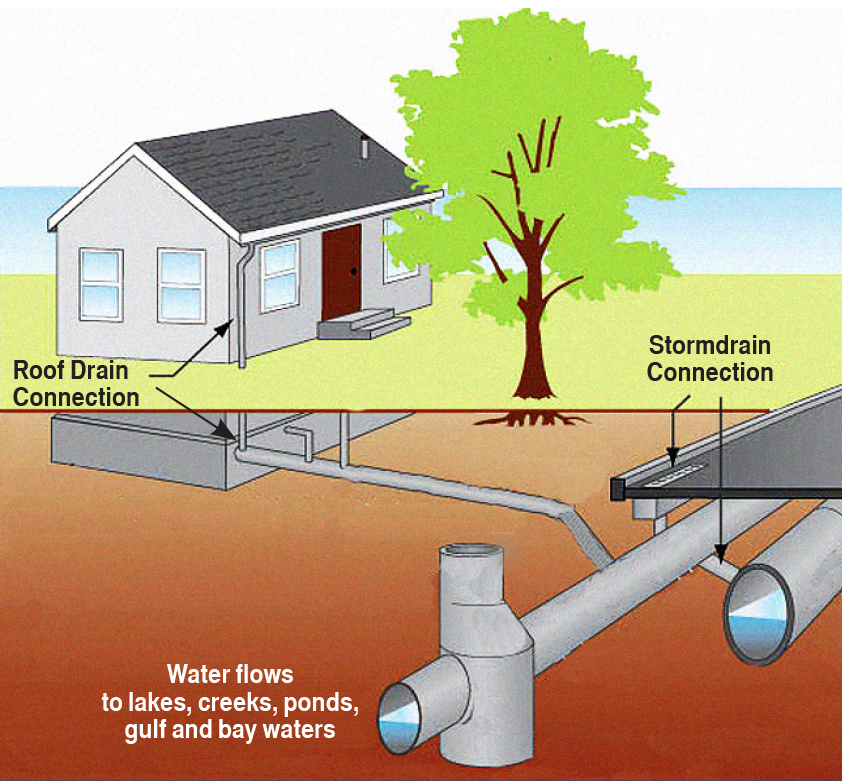
Redirect Roof Runoff
Roof runoff can be easily redirected to a yard, garden or other landscaping where it will soak through the soil. It can also be redirected to a rain barrel or cistern for irrigation or storage for future use. Preventing runoff from going over your driveway and directly into the street will also alleviate potential flooding problems.
Preventing roof runoff from entering the storm sewer system protects the health and safety of the community.
Disconnection Benefits
- Downspout disconnection reduces the amount of water in the stormsewer system and helps prevent flooding.
- Storing or using roof runoff for irrigation conserves water and can reduce water bills.
- Disconnection is simple, inexpensive, effective and easily integrated into the landscape design.
Low Maintenance
- Check periodically to ensure the discharge location has proper erosion control and drainage.
- Check materials for leaks or defects and remove accumulated leaves or debris, especially from gutters.
- Most materials last for about 10 years and can be easily replaced.
Disconnecting is Simple
A common method of residential disconnection is to cut the downspout above the standpipe (step 1), plug or cap the standpipe (step 2), attach an elbow (step 3) and an extension piece and splashguard (step 4) that direct runoff to the receiving area.
For disconnection to be safe and effective, the downspout must discharge into a suitable receiving area. Ensure the discharge stays on your property and does not negatively impact neighbors.
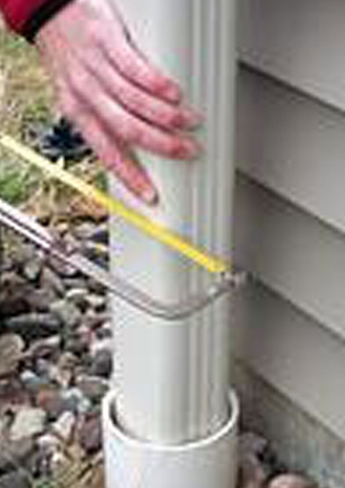
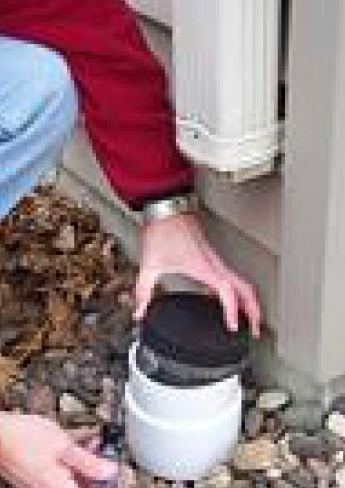
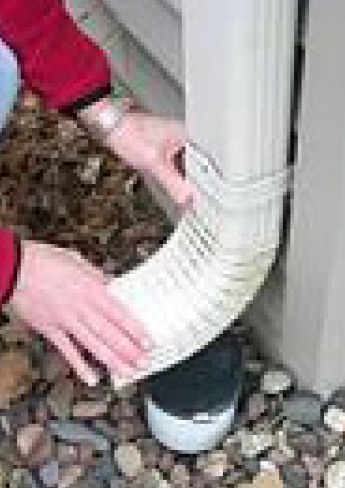
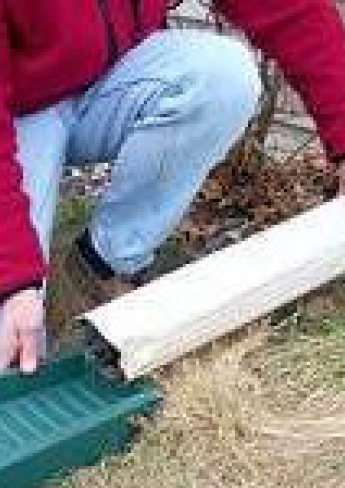
Stormwater Quality
Roof runoff contains pollutants deposited from the air, particles of roofing material and nutrients from bird and animal waste. The concentrations of these pollutants will be reduced in the storm sewer system as the runoff water is filtered naturally through the plant roots in the garden.
Have Questions?
Call the Pinellas County Public Works at (727) 464-4425.